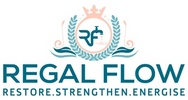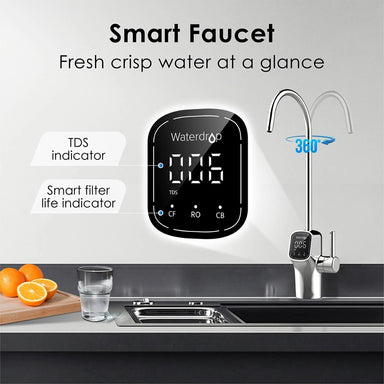
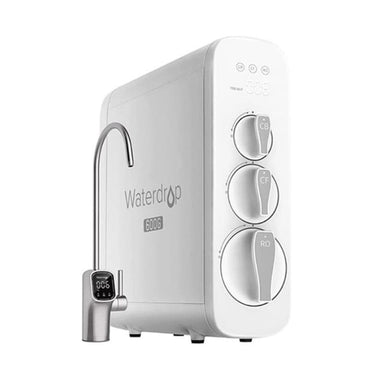
Waterdrop G3P600 Tankless RO System with LED Faucet
Why Do Over 2 Million Households Choose the Waterdrop G3P600? G3P600 Quick Intro Video This short video provides a concise overview of the W...
View full details
Under sink RO systems are compact and installed directly beneath your kitchen sink, providing a convenient and space-saving solution for your water filtration needs. These systems connect to your existing plumbing and deliver purified water through a dedicated faucet or three way filter tap, ensuring you have access to high-quality water whenever you need it. In addition to their compact design, under-sink RO systems offer exceptional filtration, removing contaminants like chlorine, heavy metals, and other impurities to provide fresh, clean-tasting water.
Why Choose an Under Sink RO System?
✔ Pure water, free from harmful contaminants.
✔ Compact design, fits neatly under sink.
✔ Eco-friendly choice, reduces plastic waste.
✔ Long-lasting filters, minimal maintenance required.

If you're considering upgrading your home's water quality, an under-sink reverse osmosis (RO) system is one of the most effective solutions available. But one question often arises early in the decision-making process: should you choose a tank-based or a tankless reverse osmosis system? Both types of RO systems are designed to remove contaminants such as chlorine, heavy metals, fluoride, and dissolved solids, delivering clean, great-tasting water straight from your tap. However, they differ significantly in how they operate, how much space they require, how fast they deliver water, and even how much they cost. Tank-based RO systems have been around for decades. They store filtered water in a pressurised tank, ensuring an immediate supply when you turn on the tap. On the other hand, tankless RO systems represent a newer, more compact approach — filtering water on demand without needing storage, making them ideal for modern kitchens where space and aesthetics matter.
In this comparison, we’ll explore the key differences between tank and tankless under-sink RO systems, including filtration speed, water pressure, maintenance requirements, installation, cost-effectiveness, and long-term performance. Whether you're prioritising space-saving design, budget, or flow rate, this guide will help you make an informed choice.
Tankless Reverse Osmosis System: Key Benefits
Space-Saving Design: Without a storage tank, these systems take up less space under your sink.
On-Demand Filtration: Water is filtered on demand, providing a continuous supply of fresh water.
Reduced Contamination Risk: Since water isn't stored in a tank, there's less chance of recontamination.
Higher Flow Rates: Many tankless systems offer faster flow rates, so you won't have to wait long for your glass to fill.
Tank-Based Reverse Osmosis (RO) Systems: Key Advantages
Ample Storage Capacity: These systems include a storage tank that holds filtered water, ensuring you have a reserve supply
Consistent Water Supply: The storage tank ensures a steady supply of filtered water, even during peak usage times
Cost-Effective Solution Generally, tank-based systems can be more affordable upfront
Proven and Reliable Technology: Tank-based systems utilise well-established reverse osmosis technology, known for its reliability and effectiveness in removing contaminants from water .This time-tested approach ensures long-term performance and peace of mind.
Healthier Drinking Water
Eliminate harmful contaminants with an under-sink reverse osmosis system for safer, cleaner water.
Enhanced Taste and Odour
Improve the flavour of your tap water and cooking by removing unpleasant tastes and smells.
Cost Savings Over Time
Reduce reliance on bottled water and save money with a cost-effective under-sink RO system.
Eco-Friendly Solution
Minimise plastic waste by switching to a sustainable under-sink water filtration system.

Space-Saving Design: Under-sink systems are installed out of sight, preserving countertop space. This is ideal for smaller kitchens or those looking to keep a clean, clutter-free surface. By placing the system under the sink, you get easy access to filtered water without the dispenser taking up valuable space.
Higher Filtration Capacity: Under-sink RO systems typically offer more comprehensive filtration stages than most countertop dispensers. They can remove a wider range of contaminants, including heavy metals, chemicals, and bacteria, providing a higher level of purification. This can be particularly valuable if your tap water has specific impurities that require robust filtration.
Steady Supply of Filtered Water : With an under-sink system, you’ll often have a storage tank that holds purified water, ensuring a steady supply, even for larger households. Countertop dispensers usually require manual refills and may not keep up with high water demand.

Fast, Free Delivery
Quick Dispatch, No Hidden Fees

Friendly Expert Support
0121 630 1130

Ongoing Customer Care
Advice Before and After Sale

Manufacturer's Warranty
Manufacturer's Warranty
The UK consumes approximately 7.7 billion plastic water bottles each year, but only 57% are recycled. This means around 3.3 billion bottles become waste annually, adding substantially to environmental pollution. Under-sink reverse osmosis systems help reduce plastic waste from bottled water, making them a smart, eco-friendly, and cost-effective hydration solution for every household. They provide purified water directly from your tap, ensuring you always have access to clean and great-tasting water without the need for single-use plastic bottles

Looking for cleaner, better-tasting water straight from your kitchen tap? The systems below are high-performance under-sink reverse osmosis filters from some of the world’s most trusted manufacturers. They're built to tackle the real problems in UK tap water — things like chlorine, limescale, lead, nitrates, and other common contaminants — using advanced multi-stage filtration.
We’ve hand-picked these models for their proven reliability, ease of use, and the simple fact that they work. Whether you're trying to cut out bottled water, improve your cooking, or just want to know what you're drinking, these compact RO systems offer a smarter, more sustainable solution.
Waterdrop G3P600
Frizzlife 600
Tapworks ero385
Installing an under-sink reverse osmosis system is a manageable project for most homeowners, especially with the detailed instructions that come with modern systems. Whether you're handy with tools or prefer calling in a professional, the setup process is straightforward and doesn't typically require advanced plumbing skills.
Start by clearing space under your sink. Make sure there's enough room for the filters, tubing, and—if included—a storage tank. Choose a spot that’s easy to access for future filter changes. Next, install the RO faucet. Use a pre-drilled hole if available, or drill a small one in your sink or worktop. This will dispense your filtered water. Then, connect the system to your cold-water supply using the included adapter and flexible tubing. Most systems use colour-coded, push-fit connections for quick, tool-free setup.
A crucial part of the setup is the drain connection. The system will produce some wastewater as part of the filtration process, so a drain saddle is attached to your waste pipe under the sink. This allows the excess water to be safely discarded without affecting your existing plumbing. The storage tank (if your model includes one) should be placed upright and connected to the system using the provided tubing. Most under-sink reverse osmosis systems are now tankless, filtering water instantly without the need for a storage reservoir.
Once everything is connected, you’ll turn on the water supply and check for leaks. Most manufacturers recommend flushing the system before use. This involves letting the system run through a full tank (or its first flow cycle) and discarding that water to clear out any manufacturing residues from the filters.
If you prefer not to do it yourself, most plumbers can install under-sink RO systems quickly and professionally as they are not particularly complicated for an expert. Please reach out to our friendly team should you require any assistance or help finding an installer.
We've covered the most common questions, but if there's anything else you'd like to know, call our friendly team on 0121 630 1130

 Save £-399.99
Save £-399.99
Why Do Over 2 Million Households Choose the Waterdrop G3P600? G3P600 Quick Intro Video This short video provides a concise overview of the W...
View full details
 Save £-499.99
Save £-499.99
Why Choose the Waterdrop K6 RO System? Experience the pinnacle of water purification with the Waterdrop K6 Under-Sink Reverse Osmosis Filter Sy...
View full details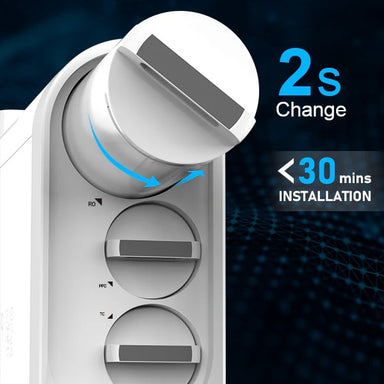
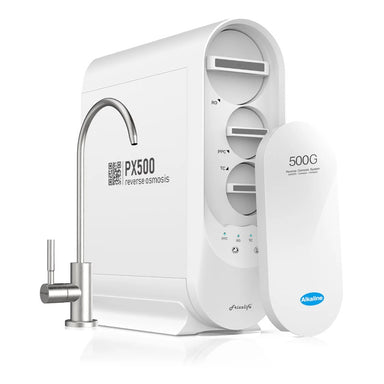 Save £-459.99
Save £-459.99
Why Choose the Frizzlife PX500? Discover Its Advanced Filtration, Alkaline Water Benefits, and Tankless Design Incredible 8 Layers of Filtrati...
View full details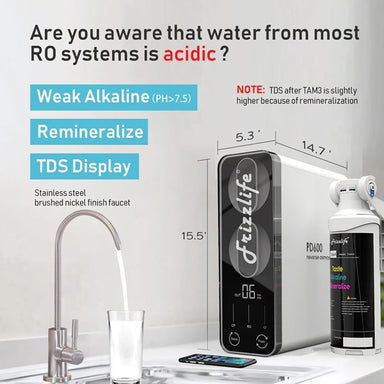
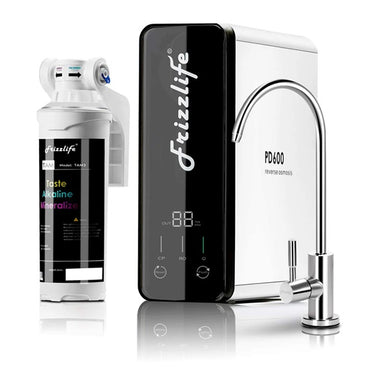 Save £-449.99
Save £-449.99
Why Choose a Frizzlife Water Filter? Incredible 8 Layers of Filtration Water Remineralisation Alkaline Water over 7.5 pH Tank-Free Ea...
View full details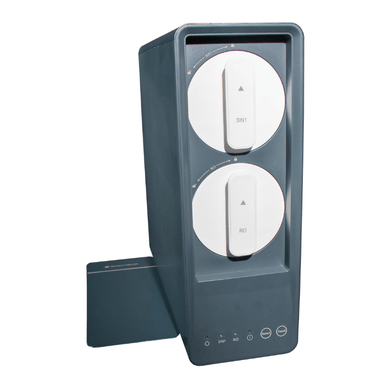
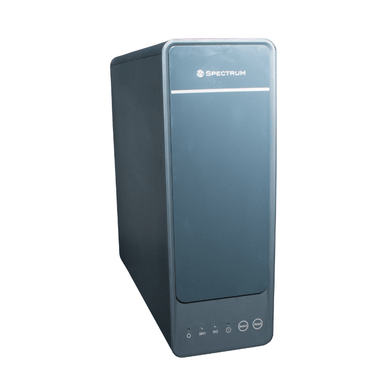 Save £-549.99
Save £-549.99
Compact, High-Performance Water Filtration for Any Kitchen Overview The SPECTRUM Z1 is a sleek, high-performance under-sink reverse osmosis (...
View full details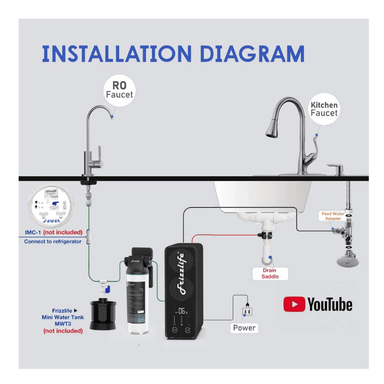
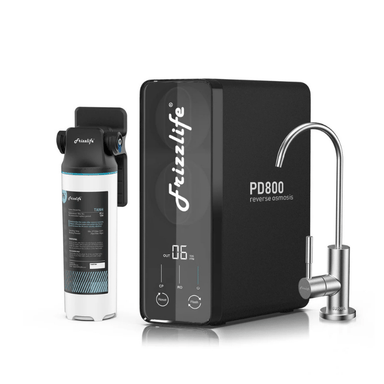 Save £-649.99
Save £-649.99
Frizzlife PD800: Best Tankless RO Water Filter for Alkaline Drinking Water Incredible 9 Layers of Filtration Water Remineralisation and Alka...
View full details
 Save £150.00
Save £150.00
What Makes the Waterdrop X8 Under-Sink Reverse Osmosis System Stand Out? Waterdrop Under Sink Reverse Osmosis System Equipped with an incr...
View full details
 Save £-589.99
Save £-589.99
Upgrade Your Water Supply with this Global Product from Ecowater Crystal-Clear Water 🌍Save money in the long term without depending on bottle...
View full details